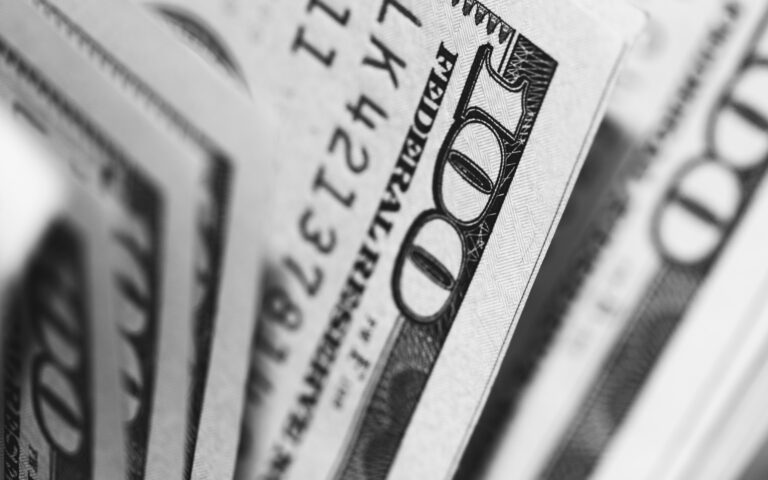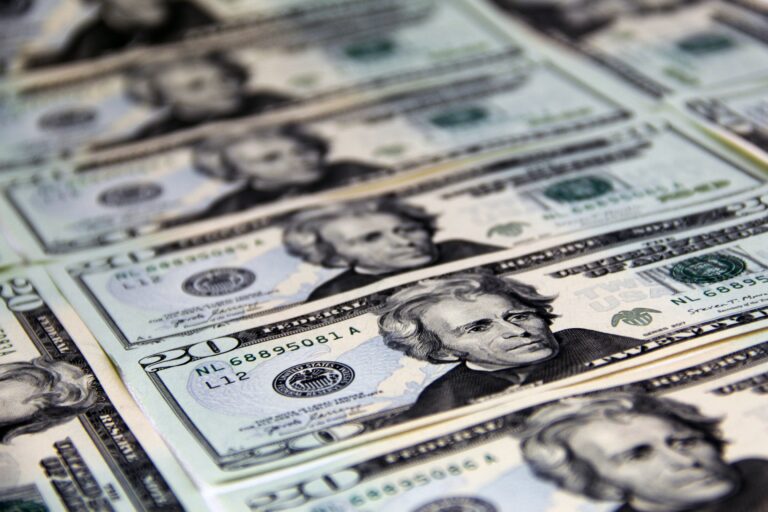
Morning Brief – Vital Signs
Whilst the global economy has been all but locked down government activity and stimulus packages have only accelerated. The scale of the unprecedented fiscal and economic responses will be important in gauging the path of global future growth. The relative value with which currencies will trade with each other will also be determined by the trade-off between a) how well did the responses allow them to weather the storm of coronavirus – how many lives and livelihoods were saved by these measures. And b) how much of a burden have these fiscal and monetary responses left the nation – after all this debt has to be paid back somehow. Keeping count of measures implemented thus far will therefore allow you not only to gauge how the foreign exchange market will react in the short term to new stimulus measures, but also how the next decade of overleverage will look.
First dubbed Chinese virus by the President of the United States, China, specifically the City of Wuhan, Hubei province, was the first epicentre of the disease. China’s response was largely monetary, affording banks looser conditions for lending. The People’s Bank of China (PBOC) also injected liquidity with (a measly) CNH 100bn injected into the system in mid-march. The PBOC has since stopped any further injections of liquidity. The hands off approach to allow the private banking sector to sort the stimulus problem should limit the financial burden on the Chinese economy in the long term and the lack of liquidity injection has played a central role in the West’s appetite for Chinese debt since the crisis erupted.
The PBOC was late to implement fiscal measures to support the economy as it did during the great recession of 2008. With a forward looking response towards normalisation and growth, the government has recently made available as much as 2.8 trillion yuan (USD 384bn) of local government bonds to invest in infrastructure. China’s response has been miniscule compared to its Western peers on both the monetary and the fiscal front and this may have impaired China’s ability to weather the storm leading to the disruption of livelihoods and China’s role in the global economy. It will however, mean that thus far China doesn’t emerge with a burden of debt similar to that it left the 2008 great recession with.
Europe was the next epicentre with Italy and Spain exhibiting the highest rates of exponential growth in the virus that had been recorded. The virus was reclassified as a pandemic and pan-European lock downs began. Central bank president Lagarde was off to a shaky start, scaring already skittish markets with her comments that it was not her job to control the spreads within European debt – something she rapidly backtracked on. The central bank, the ECB, initially committed to EUR 750bn in net asset purchases (QE). Given the lack of scope to lower rates from a deposit rate at historic lows (-0.5%) and a lending facility at 0.25%, it beefed up its emergency support arm, the European Stability Mechanism (ESM).
The Eurozone has yet to agree on the so-called Coronabond mutual debt proposal. European leaders meet again today, this time France holds the chair and will attempt to make progress on this collective monetary lifeline. The Netherlands remains staunchly opposed to the mutualisation of debt and even continues to oppose the use of the emergency ‘ESM’. The Eurozone response is undeniably larger than that of China and could saddle it with larger debt burdens in the future. National expenditures have also skyrocketed with the response in Germany alone in immediate virus support with a stability fund package of up to 750bn Euros (USD 815bn). Fiscal spending to encourage growth after the virus throughout 2020 is now well above EUR 100bn in Germany. The Eurozone will emerge with a large burden of debt and with lockdowns beginning to be relaxed across the Eurozone, it will be important to see whether this stimulus pays off.
The UK has pulled out all the stops with the government supporting the wages of individuals for the first time in history under the furlough scheme. On the monetary front the Bank of England (BoE) promised to buy GBP 200bn (USD 248bn) worth of new government and investment-grade corporate bonds to bring its holdings up to GBP 645bn. It also voted to cut the base rate to 0.1%, a record low. This morning markets have also learned that the BoE will now directly finance UK fiscal measures on its own, bypassing the bond market. Unprecedented policy responses will saddle the UK with a huge debt burden expected to be at least 7.5% of GDP for 2020. The composition of that spending including the direct financing of individuals’ wages could prove to allow consumer spending and investment to continue thus proving to weather the storm better than many other nations where unemployment is raging.
Cue the United States. Another set of jobless claims data today will confirm whether the destruction of US jobs is continuing. The US accounts for 402,000 of the 1.4 million confirmed coronavirus cases confirmed worldwide with more than 1,800 fatalities in a single day earlier this week. The US is the new epicentre for the disease and it has the stimulus packages to match. The Federal reserve has slashed rates, created global US Dollar swap lines and set up asset purchase plans to the tune of $700bn. Instead of directly financing citizens’ wages, the US has opted for a program of helicopter money – directly paying money to the population – in an attempt to sure up sending. The US has pledged $1,200 to the majority of US citizens and broadened fiscal spending measures to fund companies, unemployment and specific ailed and critical industries. This will be a far cry from normal income for those who have lost their jobs. With the US currently in the middle of the coronavirus storm, the impact of these policies has yet to be gauged but one thing is for sure: in absolute terms it will leave this crisis will the largest pile of national debt in the world.
Discussion and Analysis by Charles Porter

Click Here to Subscribe to the SGM-FX Newsletter
Related Insights

Daily Brief – Weren’t Tariffs USD Negative?
Weren’t Tariffs USD Negative? The Dollar proved sensitive to headlines regarding trade during the US overnight session. However, contrary to what many commentaries would have you believe, as the risk of tariffs escalated the Dollar rose. The 90-day pause following Trump’s April ‘liberation day’ tariffs had been set to expire this coming Wednesday. To the […]

Daily Brief – Dollar Reserves
Dollar Reserves With the passing of Trump’s original deadline for the reimposition of liberation day tariffs yesterday, markets have breathed a sigh of relief. July VIX futures continued to slide lower. Moreover, what may surprise anyone who had been expecting the issue of tariffs to resurface following the passing of Trump’s new deadline, so too […]

Daily Brief – Big Girls Don’t Cry
Big Girls Don’t Cry A bond market tantrum and one of the sharpest one day sell offs in Sterling for several years appear to have been catalysed by the Chancellor’s appearance in PMQs yesterday. First: the back story. This Labour government has faced some embarrassment in recent weeks trying to get its welfare bill through […]



 Charles Porter
Charles Porter